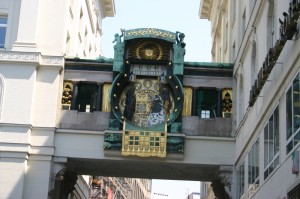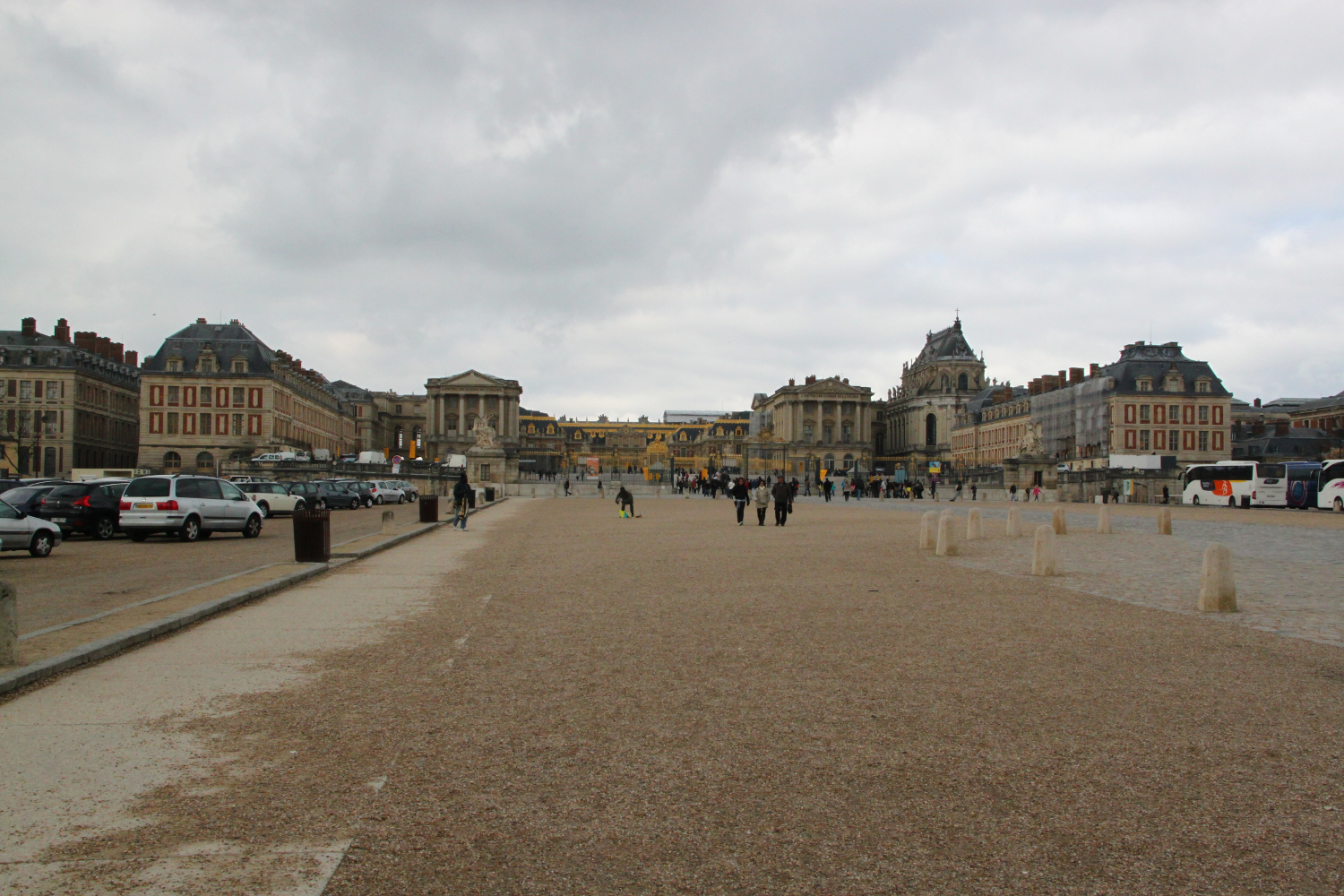The Many Festivals of Tenerife – A Guide to 2012
Carnivals in Tenerife, known as ‘Carnavals’, are held around February over Lent. The connotation of the word carnaval means ‘to give up meat’ and other treat foods, hence Lent and Pancake Day in the UK. Tenerife is well-known for the remarkable parades, outfits and street parties, particularly the one in Santa Cruz, which is the biggest on the island.
All carnivals in Tenerife include the ritual of ‘the Burial of the Sardine’ on Ash Wednesday, which represents getting rid of excess and being reborn. Strange, but true. Here is your definitive guide to the best carnivals in Tenerife.
The Top Three Carnivals
1. The Carnival of Santa Cruz de Tenerife 17th Feb to 22nd Feb 2012
This is a huge carnival that wins in the noise-making and turnout stakes. The street parties don’t start until midnight, there are drag queen marathons and fancy dress is involuntary unless you want to stand out like a sore thumb!
Get there early and hold onto your spot near the start of the parades to get the best view. (Wear comfortable shoes as you will be on your feet for a long time) Don’t forget your camera as words will not do the parades justice. Make sure you join in; you will have the best carnival experience if you include yourself.
2. The Carnival of Puerto de la Cruz, 16th – 25th February 2012
This Carnival has much of the same buzz and atmosphere as the slightly larger Santa Cruz, it usually starts a day or two later, with the parade of the recently elected Carnival queen. On Ash Wednesday the ‘Burial of the Sardine’ happens, as is the carnival tradition.
Remember to wear black as it is a mourning ceremony and funeral procession, even if it is of a fish! The ritual ends in fireworks in the harbour, where the sardine is set alight. This Carnival has also recently revived the 19th century custom of ‘the killing of the snake’, which signifies freedom from slavery.
3. Los Cristianos 3rd – 11th March 2012
Held in March, slightly later than the larger two Carnivals, the Los Cristianos Carnival is a much smaller affair and is great if you are planning a holiday to the south of the island, as you won’t have to travel north. There is a huge influx of tourists in the area over the carnival, so make sure you book your holidays early if you want to be close to the action!
The Best of the Rest
These smaller carnivals do not release dates until later on in the year, but if you are planning a holiday here then be sure to check the local tourist boards for information.
Los Gigantes has a small carnival each year, including a masked ball held in the open air with live music. During the day, there are children’s activities and parades, as well as the main parades in the evenings. And of course, last but not least, they have the ‘Burial of the Sardine’, followed by a ‘Widow’s Ball’.
In a small town called Tacoronte, they have a carnival known as the Piñata Chica, which follows the same pattern as the larger carnivals, but normally takes place over a weekend. On the Saturday morning there is a farmer’s market, followed by the musicians’ procession and a party in the evening. The Sunday is where this carnival really comes into its own – they have a procession of vintage cars, ending with wine tasting. The evening is then filled with celebrations and the traditional ‘Burial of the Sardine’, which takes place at the Plaza La Estacion.
La Laguna holds their festival in early March, when the weather is getting warmer and there is less chance of rain. This carnival is much less popular with tourists, but still has big street parties, so head here for a more authentic Spanish carnival experience.
Carnivals in Tenerife get more unusual the smaller they are, in Guimar they celebrate the end of carnival with a spooky street theatre performance, known as ‘Las Burras de Guimar’ (the Donkeys of Guimar). The performance portrays the traditional belief that all witches turn into donkeys on this night. At the end of this performance, the witches are burned alongside the ever-present sardine.
The highlight of the fiesta in La Orotava is the carpet of flower petals and sand that is made to cover the streets. The whole town participates in planning the designs of the flowers and sand carpets, which depict biblical scenes. These murals are made using all of the different coloured volcanic sands from the surrounding areas.
Guest post by lowcostholidays.com




